Ak Shirak, village isolé du Kirghizistan niché dans les montagnes du Tian Chan près du Xinjiang, vit en autarcie. Relié au reste du pays par 7 h de pistes culminant à 4000 m, il est accessible uniquement par de rares 4x4. Ce paysage aride, balayé par des vents incessants, accueille une poignée de maisons où les habitants se regroupent autour de tables garnies selon la tradition nomade.
Malgré l’austérité, vivre ici est un choix. Elisa, installée depuis trente ans, partage cette fierté avec 298 résidents. L’école, la bibliothèque, et un centre médical suffisent à leurs besoins, tandis qu’un réseau téléphonique, bien que limité, remplace la vieille ligne du garde-frontière.
Depuis sa fondation, ce hameau, point de fuite vers la Chine durant l’URSS, conserve une mémoire marquée par les épreuves. Aujourd’hui, une mine d’étain exploitée par une entreprise chinoise intrigue. Les habitants, méfiants après les désastres écologiques de Kumtor, acceptent avec résignation ce projet, symbole des tensions entre tradition et modernité dans un environnement fragile où règnent encore les léopards des neiges.
English below
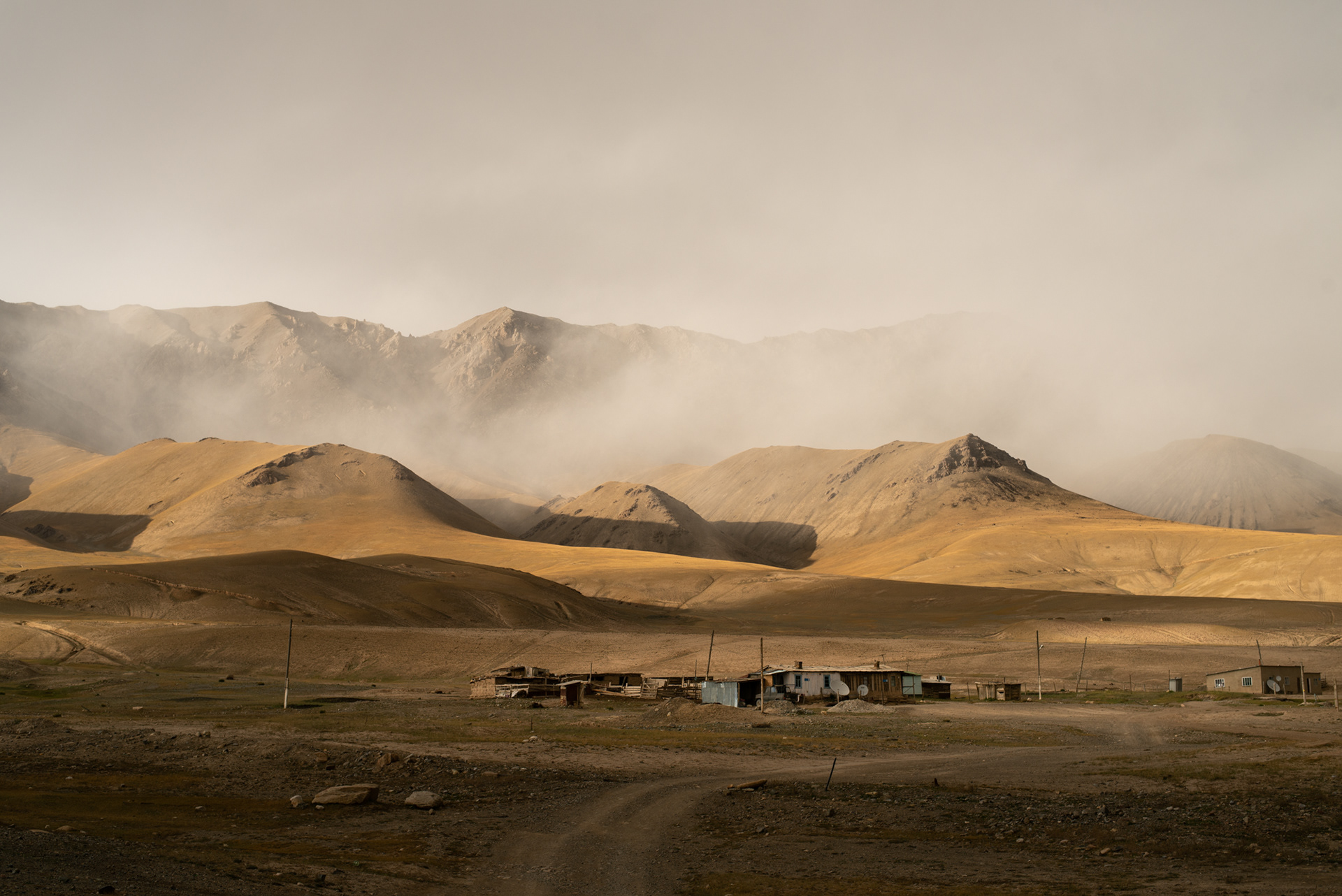
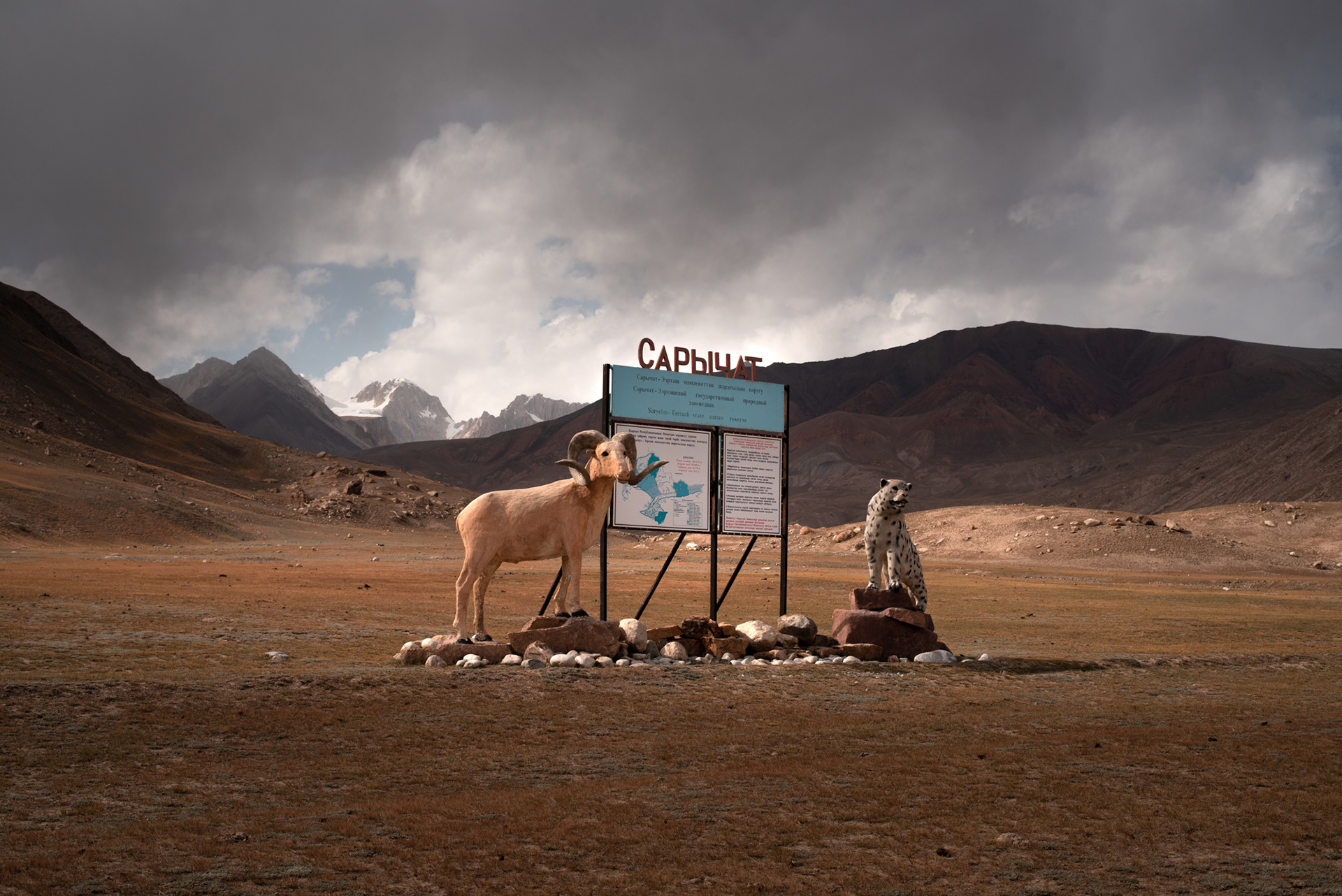
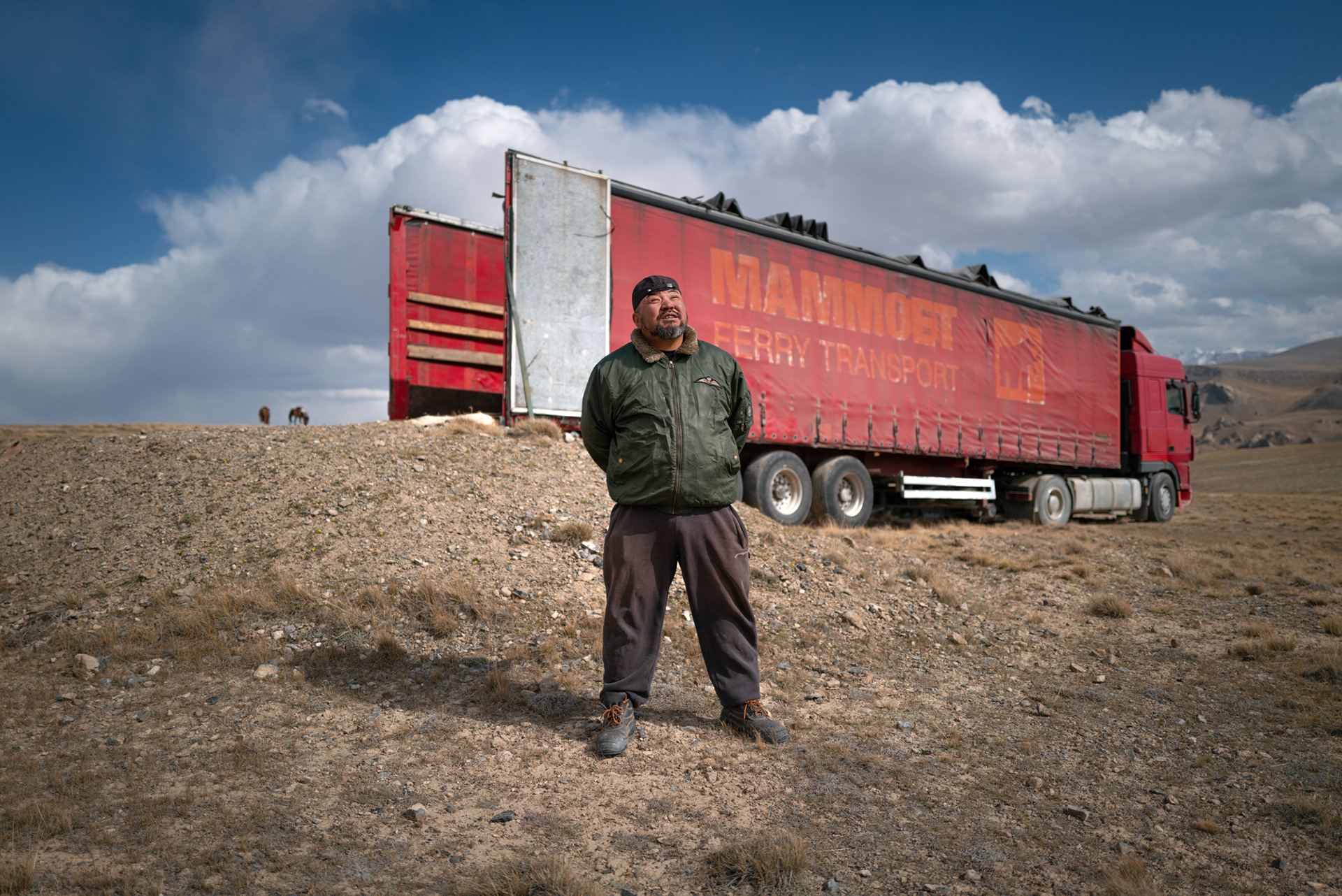
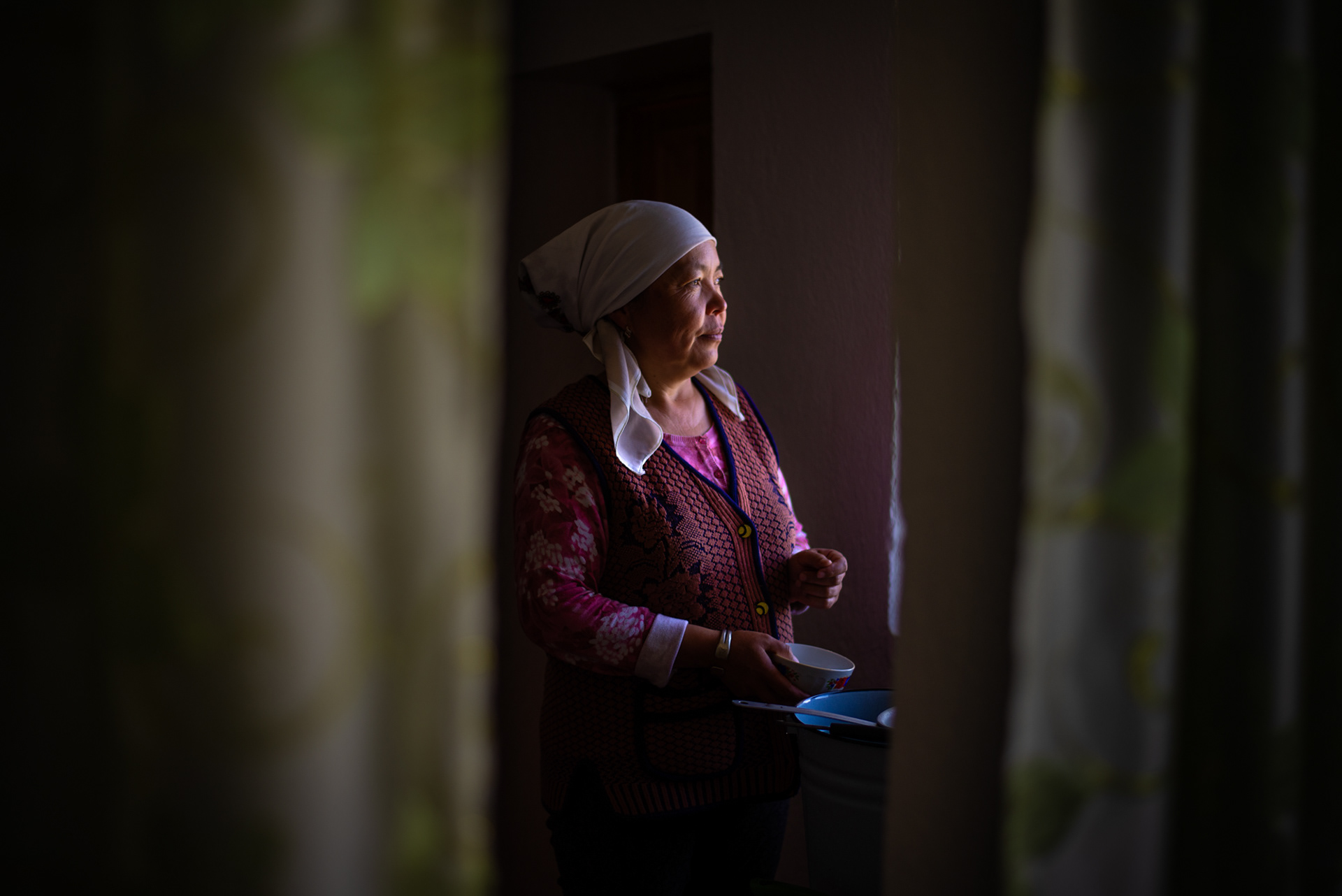


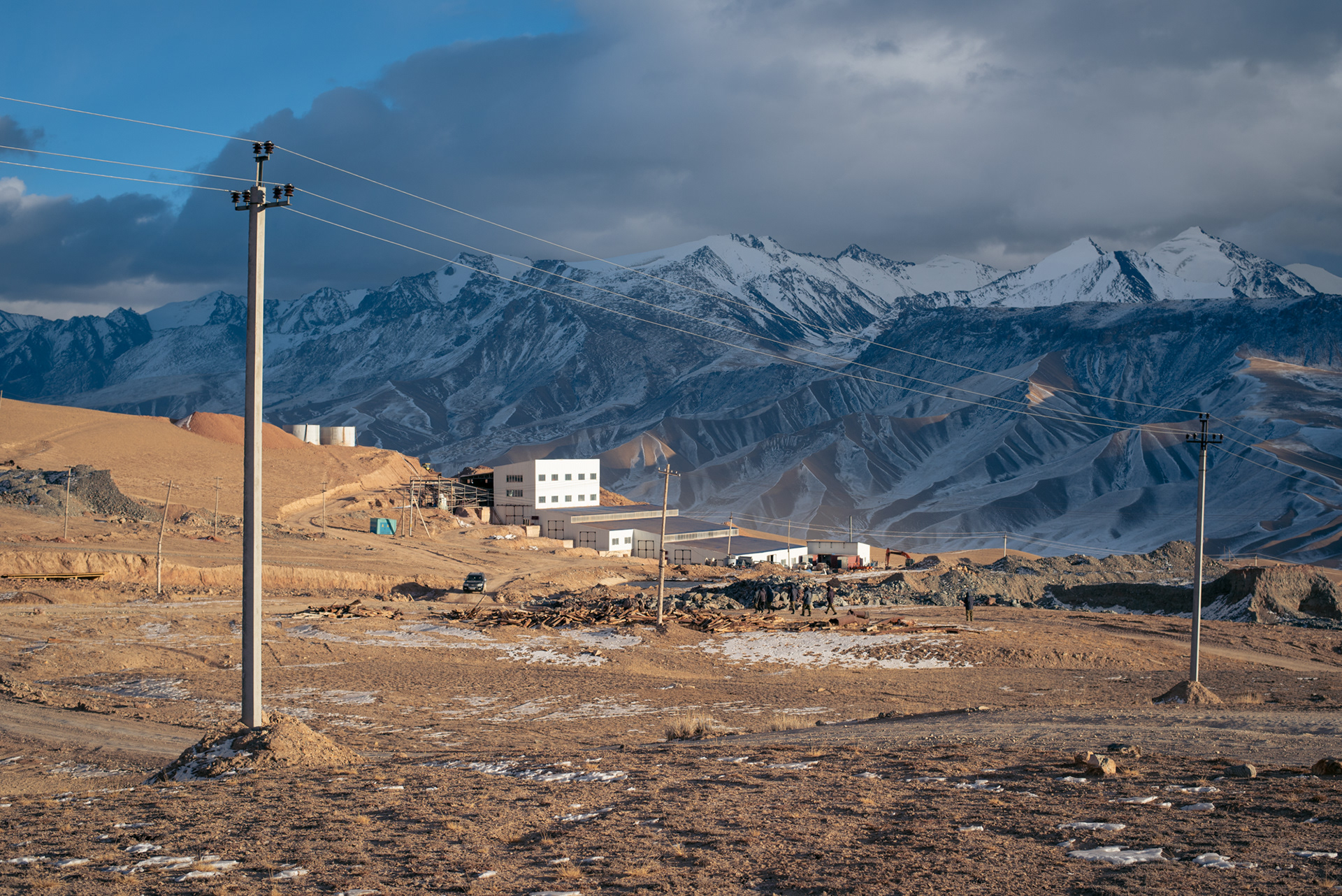


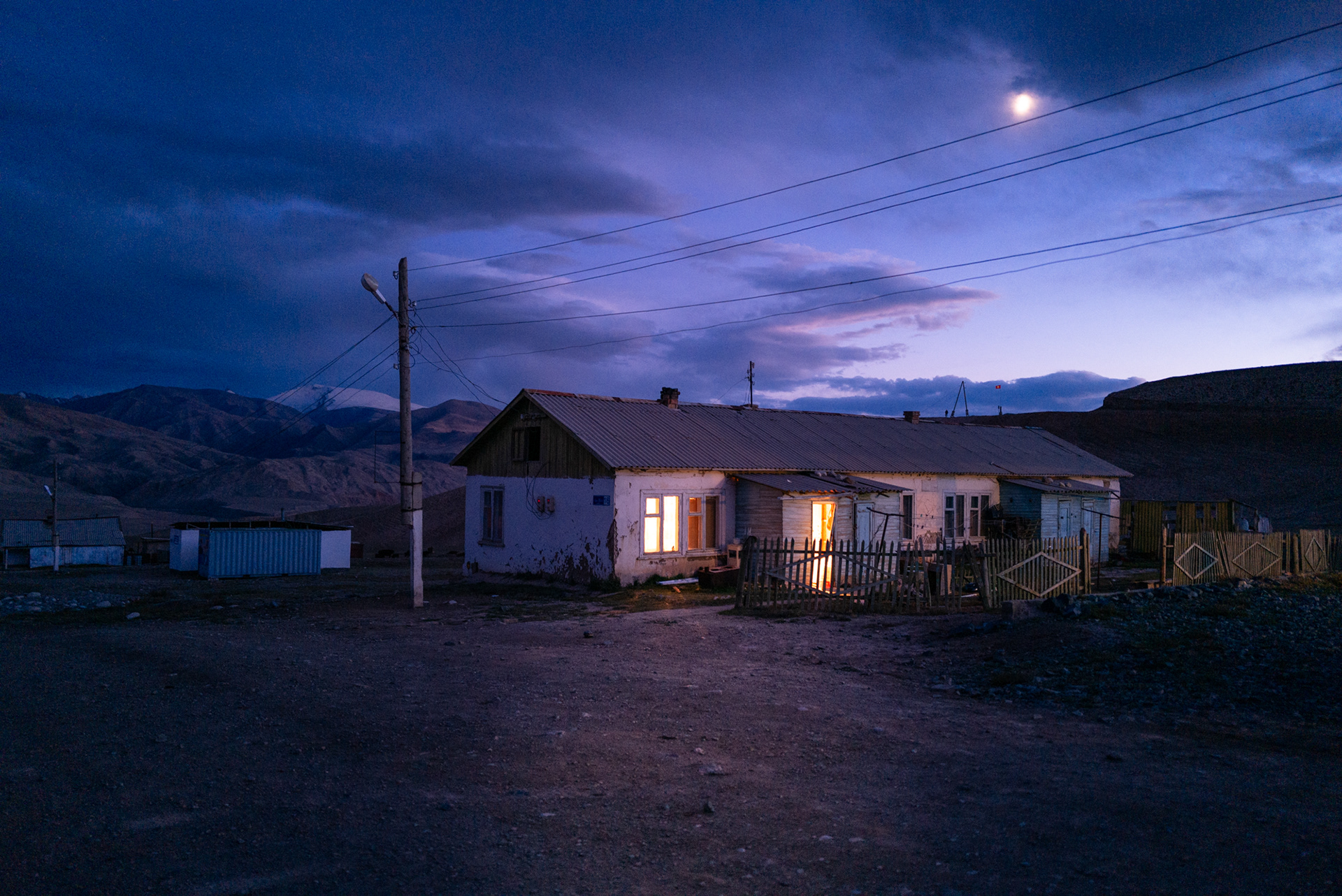

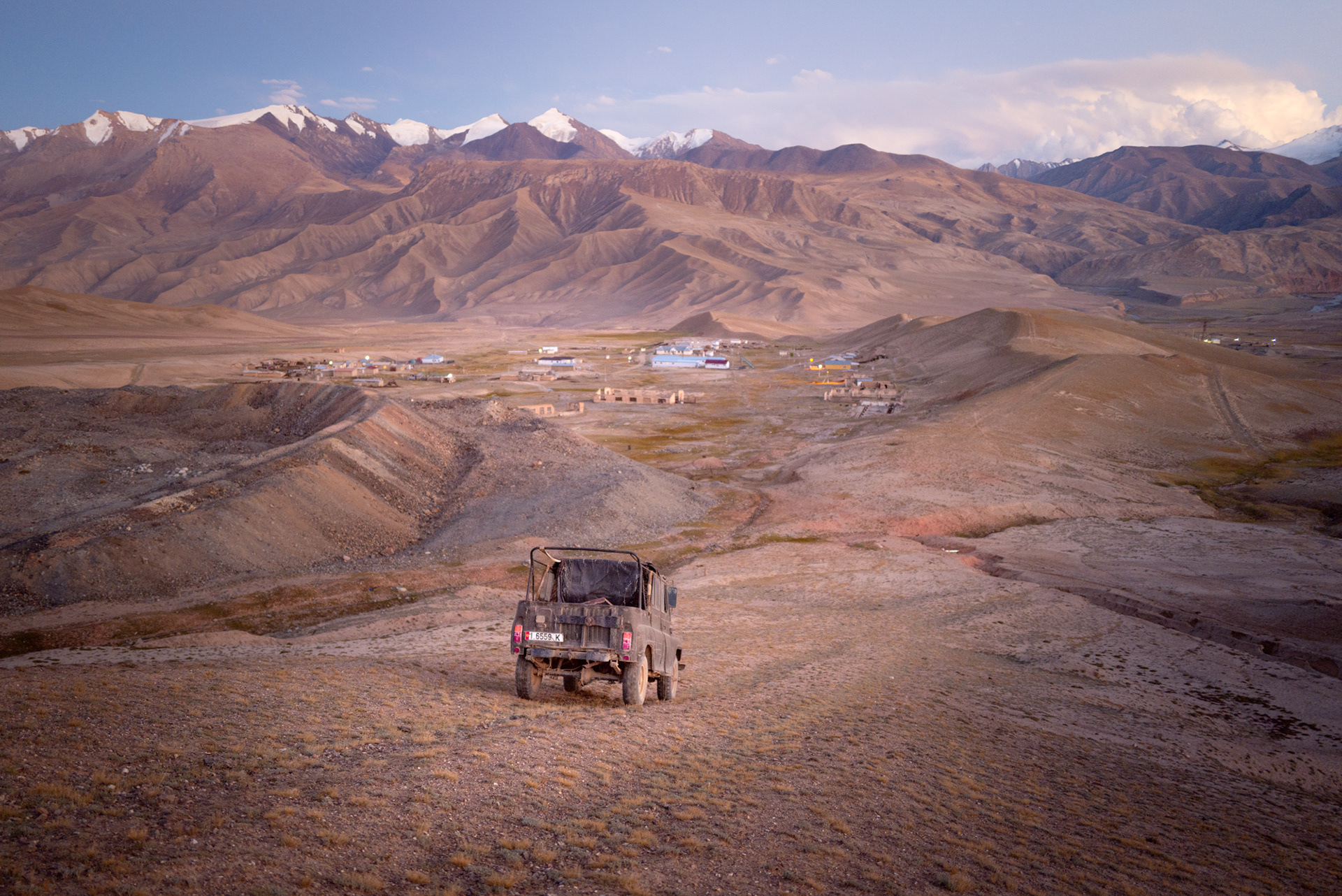

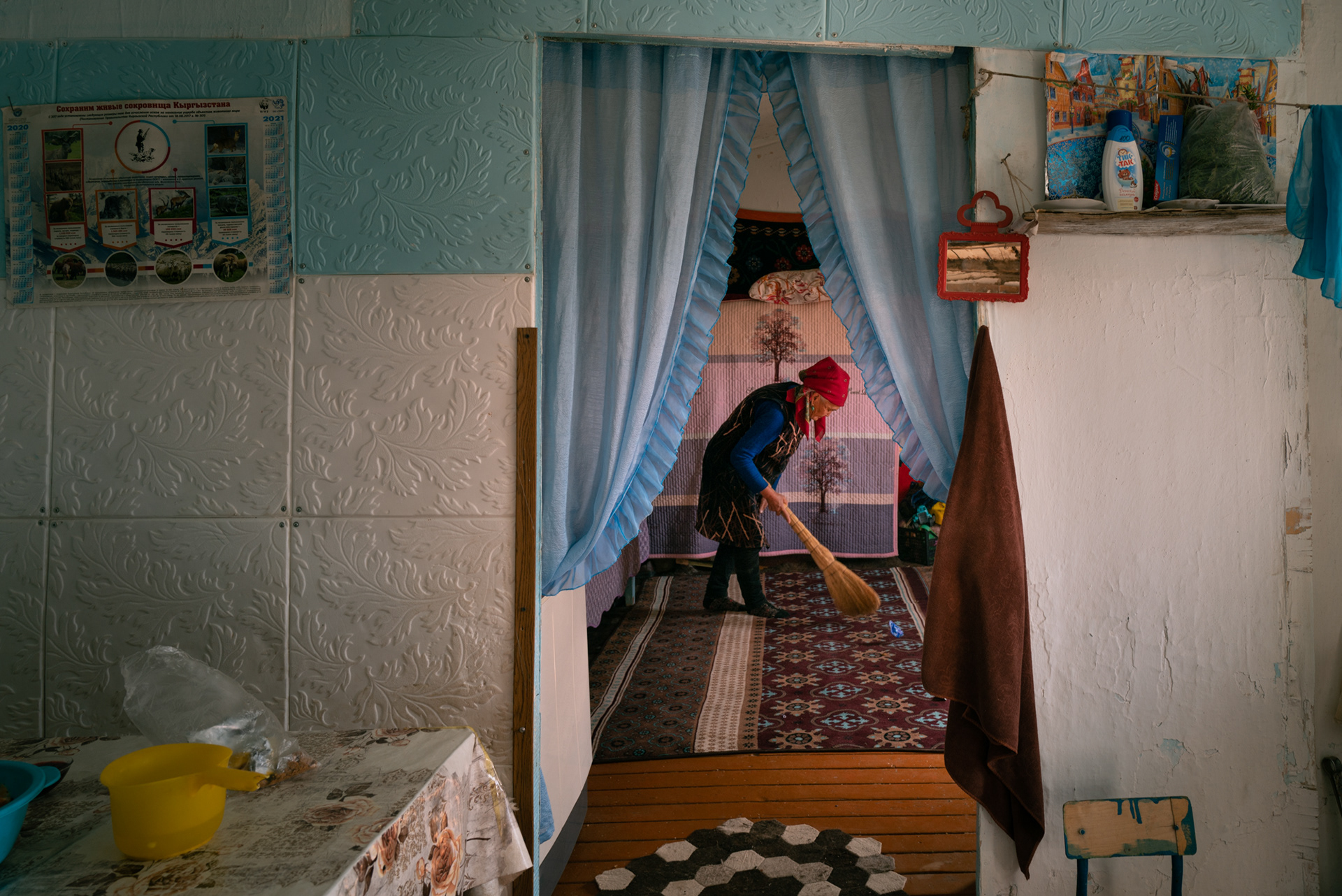

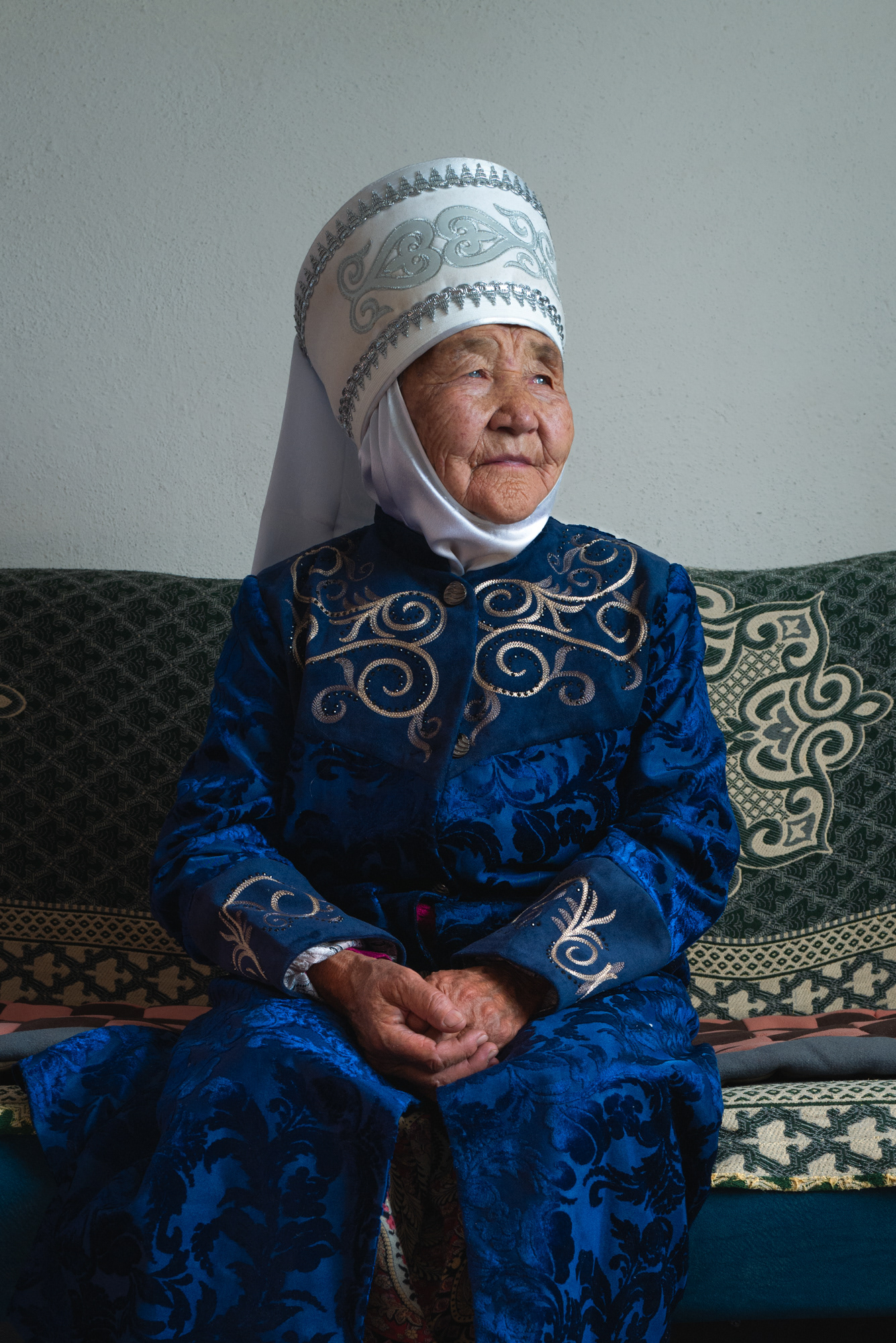


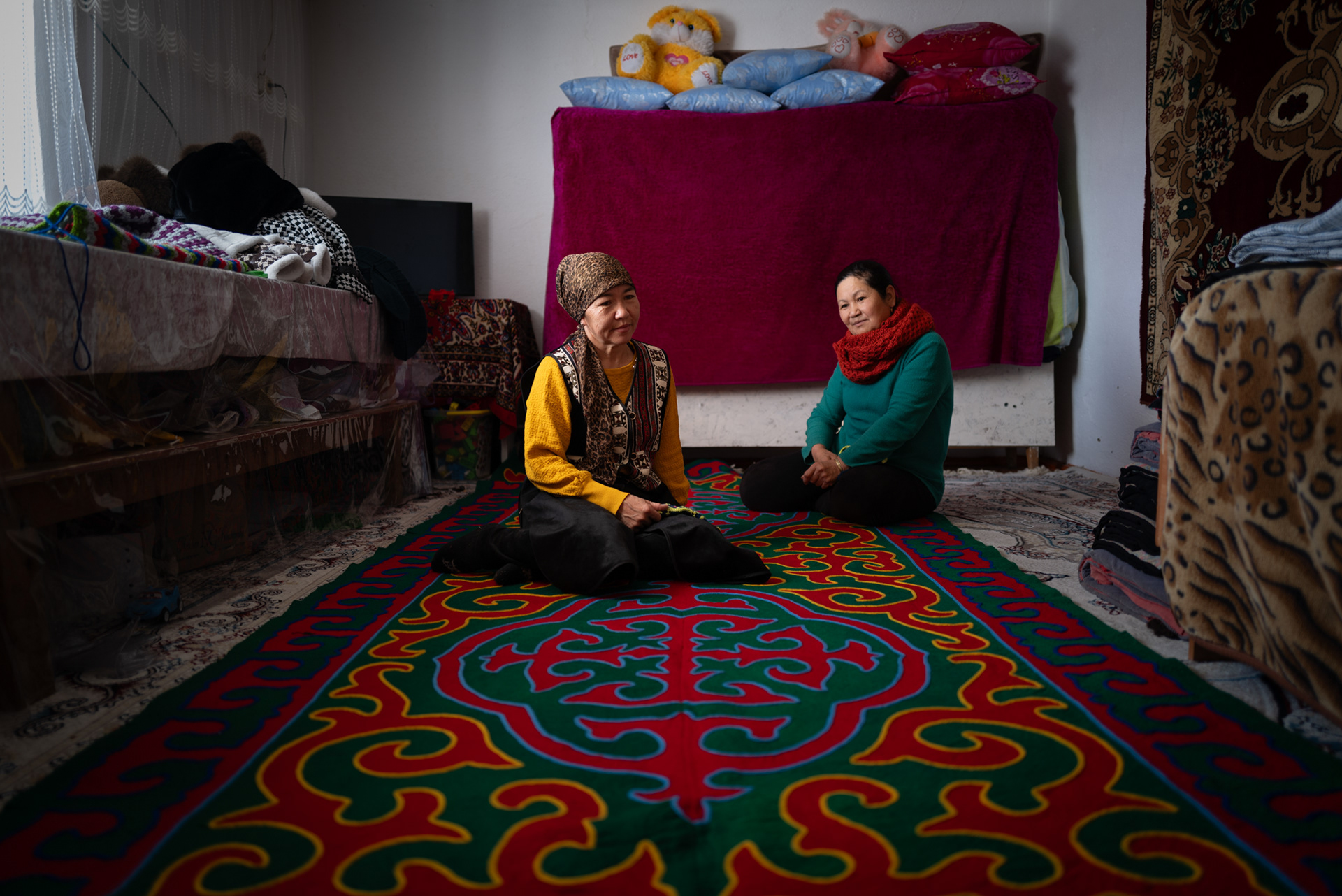

Journey to the Center of the World
Ak Shirak, an isolated village in Kyrgyzstan nestled in the Tian Shan mountains near Xinjiang, thrives in self-sufficiency. Connected to the rest of the country only by a 7-hour journey on trails reaching 4,000 meters, it is accessible via rare 4x4 vehicles. This barren landscape, swept by relentless winds, shelters a handful of houses where residents gather around tables generously set in the nomadic tradition.
Despite the hardships, living here is a deliberate choice. Elisa, who settled 30 years ago, shares this pride with 298 residents. A school, a library, and a medical center meet their basic needs, while a limited phone network has replaced the old landline at the border guard post.
Since its founding, this hamlet, once a point of escape to China during the Soviet era, remains steeped in a history of hardship. Today, a tin mine operated by a Chinese company raises questions. Wary after the ecological disasters of Kumtor, the residents reluctantly accept this project, a symbol of the tensions between tradition and modernity in a fragile environment still home to snow leopards.